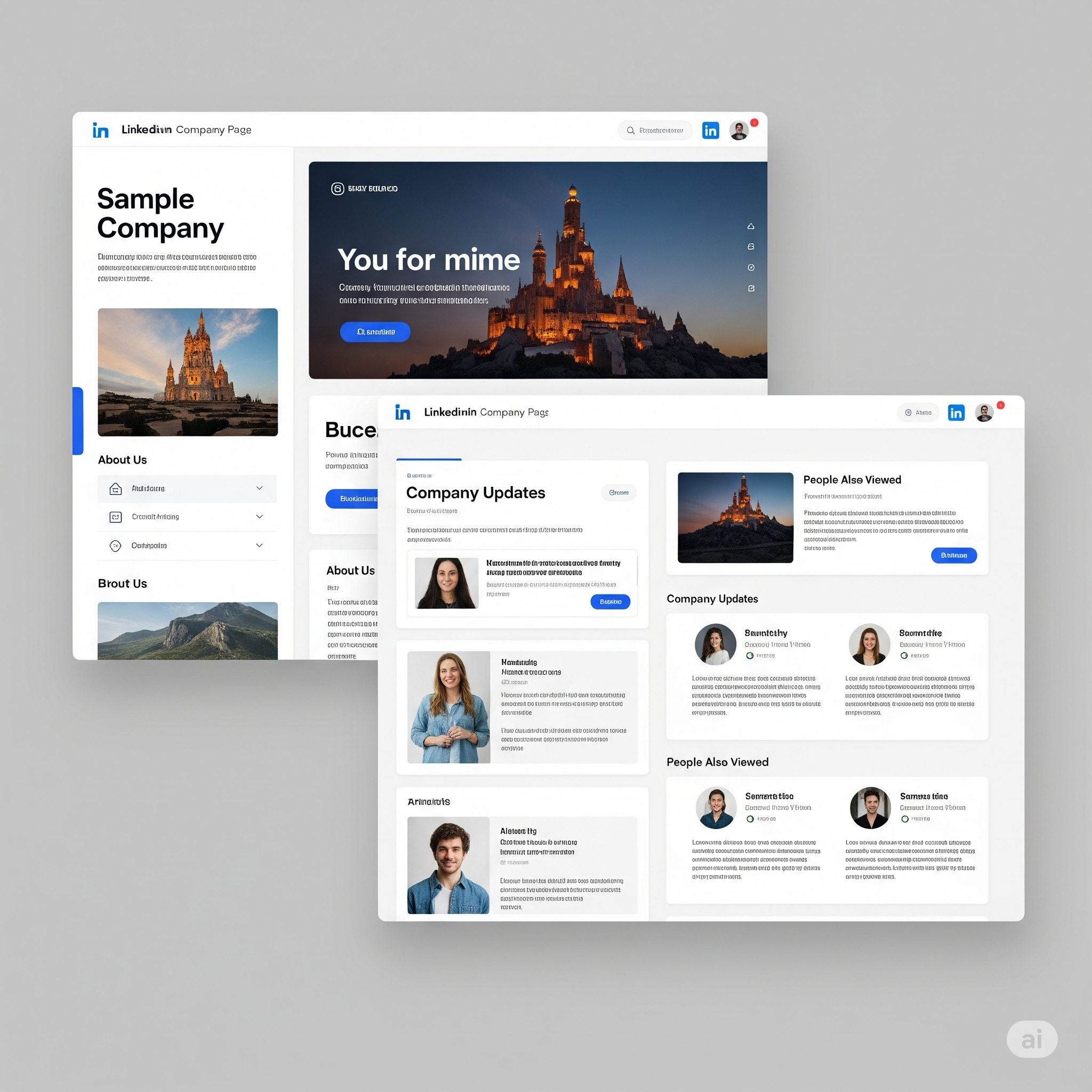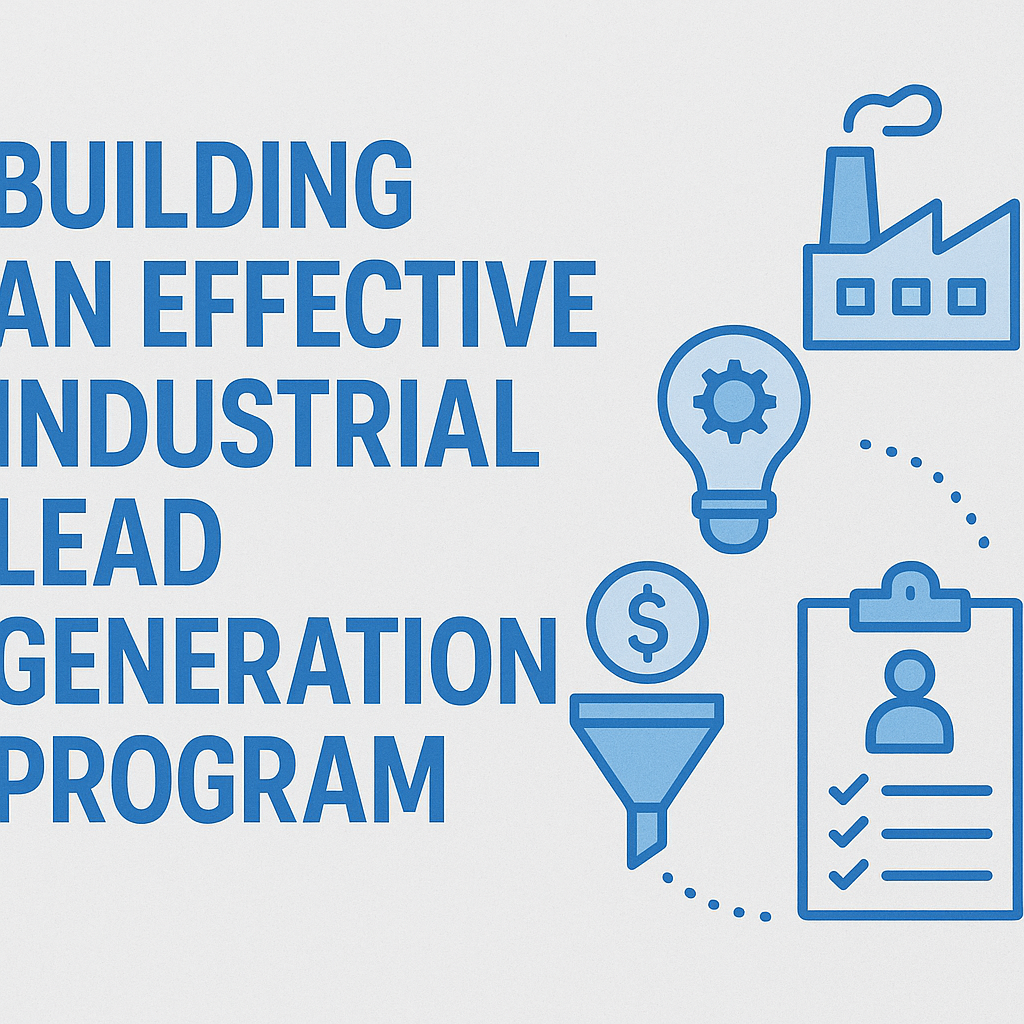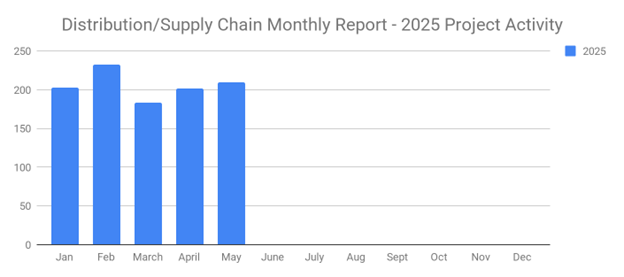
Statistics show the average person is now exposed to 4,000 to 10,000 ads each day. In order to get your target audiences attention, many B2B companies use permission-based marketing to connect with potential buyers. This alternative marketing strategy involves seeking a prospect's permission before sending him or her commercial messages. It's a non-intrusive, non-disruptive way for B2B companies to connect with their audience. If you're thinking about using permission-based marketing in your B2B company's operations, though, you should follow these seven tips to increase your chances of success.
#1) Use an Opt-In Form to Collect Prospects' Email Addresses
Don't send emails to prospects without first obtaining their permission. The easiest and most effective way to obtain a prospect's permission is to use an opt-in form. With an opt-in form, the prospect must agree to receive emails from your B2B company. You can publish the opt-in form on your B2B company's website, blog, LinkedIn Company Page or elsewhere. As always, be sure to give them a reason for you to contact them.
#2) Emphasize Privacy
Some B2B buyers are reluctant to give B2B companies permission to send them messages, fearing their information will be shared with or sold to countless other companies. After all, data breaches have become increasingly common. And for B2B buyers, a data breach could have serious repercussions on their business's revenue. To ease prospects' worries, you should emphasize privacy when seeking their permission. Explain to prospects that your B2B company won't sell, share or otherwise distribute their information. Doing so will give buyers greater confidence in your B2B company and, therefore, help you achieve a more successful permission-based marketing strategy.
#3) Ask for Permission During Calls
Of course, you may use other channels to communicate with prospects besides email. When calling prospects, for instance, you should ask for their permission over the phone. Don't attempt to sell the prospect a product or service when you first get him or her on the phone. Instead, use this opportunity to explain the reason for your call while also seeking the prospect's permission. If the prospect gives you permission, you can begin targeting him or her with sales calls.
#4) Incentive Permissions
You can encourage prospects to give their permission by offering them an incentive. What does this mean exactly? Incentivizing permissions means you should reward prospects with something of value in exchange for giving their permission. Even if you have a great offer for a prospect, he or she may be reluctant to give permission. By rewarding the prospect with something of value, however, you can entice him or her to give you their permission. You don't have to necessarily offer a monetary reward, but you should offer prospects something of value. If a prospect is rewarded, he or she will feel more inclined to give their permission.
Here are a few types of rewards that you can offer prospects in exchange for their permission:
- Discounts
- Promo codes
- Ebooks
- Guides
- Infographics
- Case studies
#5) Personalize Your Requests for Permission
You shouldn't use the same message when requesting permission from all prospects. Personalized messages almost always outperform generic messages -- a rule that applies when requesting permission. If you use the same message when requesting permission from all your B2B company's prospects, you'll probably experience a low success rate. Some prospects may simply ignore your request, whereas others may reject it outright. It takes a little extra time, as well as work, to create personalized requests, but it can pay off in the form of a more successful permission-based marketing strategy for your B2B company.
#6) Focus on Explicit Consent
There are two primary types of consent that a prospect can give: explicit and implied. Explicit consent occurs when a prospect tells you directly that your B2B company can send him or her commercial messages, whereas implied consent occurs when a prospect implies that your B2B company can send him or her commercial messages. Of those two options, explicit consent is recommended. With implied consent, it's difficult to tell exactly what a prospect wants.
#7) See If Prospects Are Still Interested
If you haven't heard from a prospect in a while, reach out to him or her to see if they are still interested in your B2B company's offer. Even if you have the prospect's permission, he or she may have forgotten about your offer. Therefore, you should contact the prospect to see if they are still interested. It's recommended that you use the same communication channel that you previously used to contact a prospect. If you communicated with a prospect by email in the past, you should stick with email when checking to see if the prospect is still interested in your offer.
Now where do you start to get all these people who are going to opt-in or give you permission to call? That's where SalesLeads comes in. Use our Target Account Sales Intelligence to obtain high quality contacts. Starting with high quality contacts will produce greater quantity of permissions which ultimately lead to qualified leads that you can pass on to sales. Take a look for yourself at what you can expect.
What to learn more? Get in Touch





